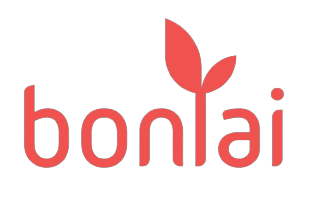Bonlai vertical farm specs
Hight width
About pipe size
Cost per row
Expected return on investment
minimum commercial scale
Plug and play scale
Temp control
Growing media
Aquaponics
Hight width
About pipe size
Cost per row
Expected return on investment
minimum commercial scale
Plug and play scale
Temp control
Growing media
Aquaponics
Our system is ideal for Cambodia, but we also built Bonlai technology to survive human emergencies that may limit access to water or energy. Our innovative method allows crops to survive for two weeks without water.
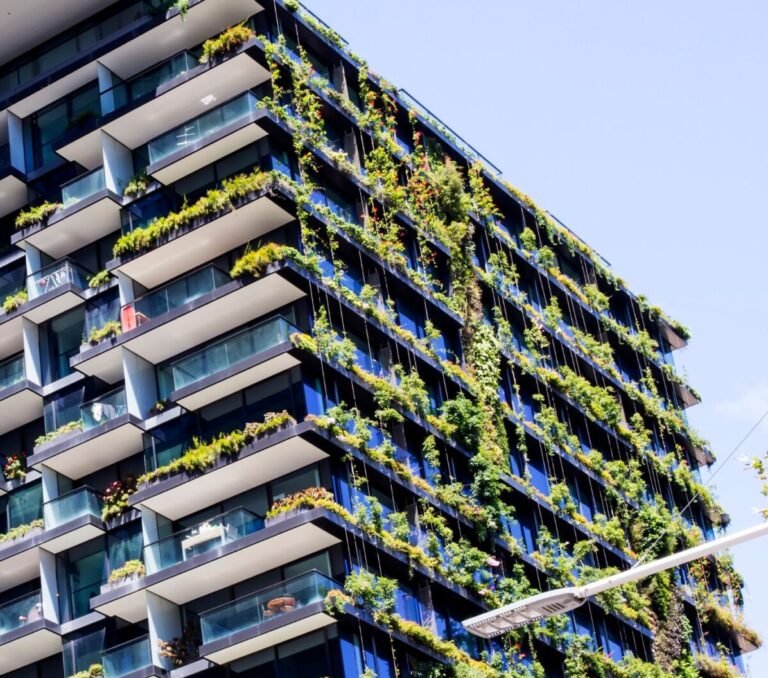
We can grow in various climates because we use earths battery to help with temperature control inside the greenhouse.
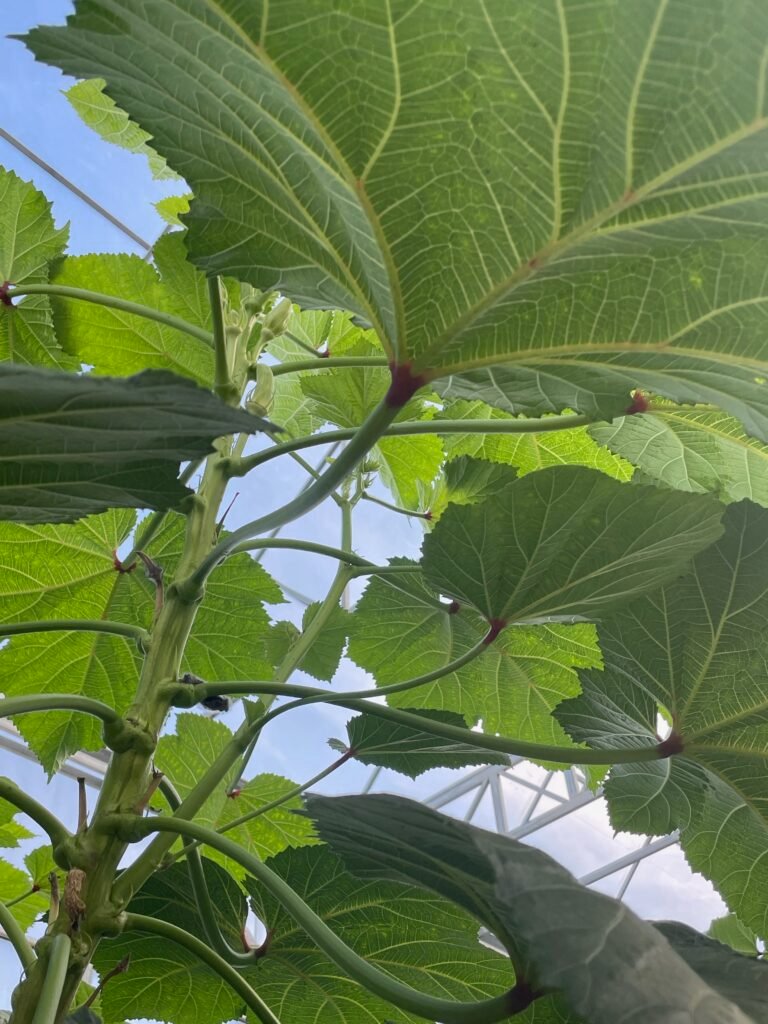
79% of the Cambodian population lives in rural areas, and 65% rely on agriculture, fisheries and forestry to survive. Natural disasters, like floods and droughts, often threaten the country and therefore are extremely damaging to the food system.
1.6 million households, two-thirds face seasonal shortages of food each year. Many Cambodians are rice farmers. In fact, rice alone accounts for as much as 30% of household spending.
About 40% of Cambodian children suffer from chronic malnutrition, which stunts the growth and cognitive development of 32% of Cambodian children under 5-years-old. This high statistic is mainly due to nutrient deficiency and not having access to food.
Around 15% of the country’s 16 million people suffer from undernourishment, according to the World Food Programme. This percentage amounts to more than 2 million people throughout the country.
Cambodia’s forest coverage has undergone a continuous and dramatic decline from 60% of total land area in 2006 to nearly 50% in 2018. This on going crises has degraded Cambodia soil impacting food security.
Globally lack of equal access to land is also impacting food security. Cambodian women own only 15.4% of the recorded agricultural land area (according to the 2017 Cambodia Socio-Economic Survey) Women are estimated to receive only about 10% of all agricultural extension services, and female-headed households, on average, have less land and less access to farm equipment, tools, and communications services.

First ourproject was a cooperative in saung. Purpose was to teach organic farming technique
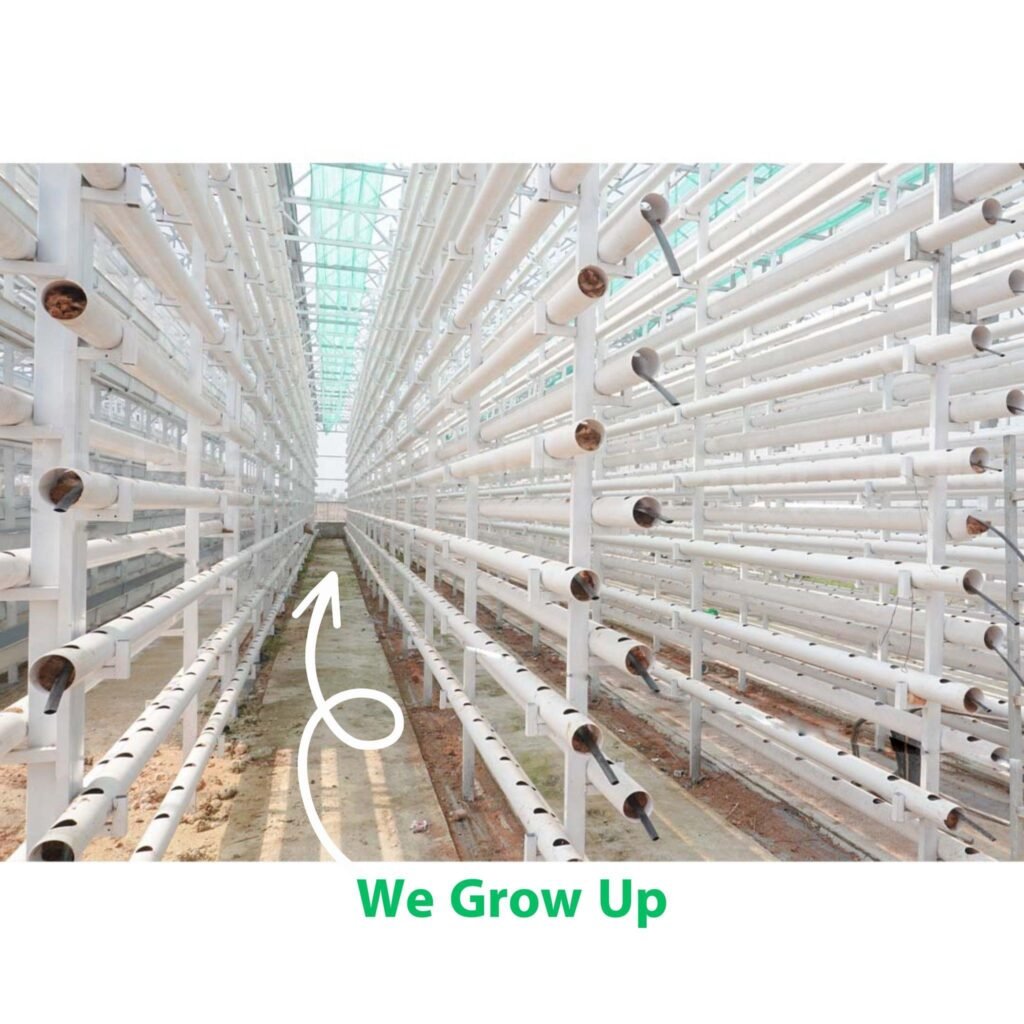
We developed the first small prototype for a vertical farm
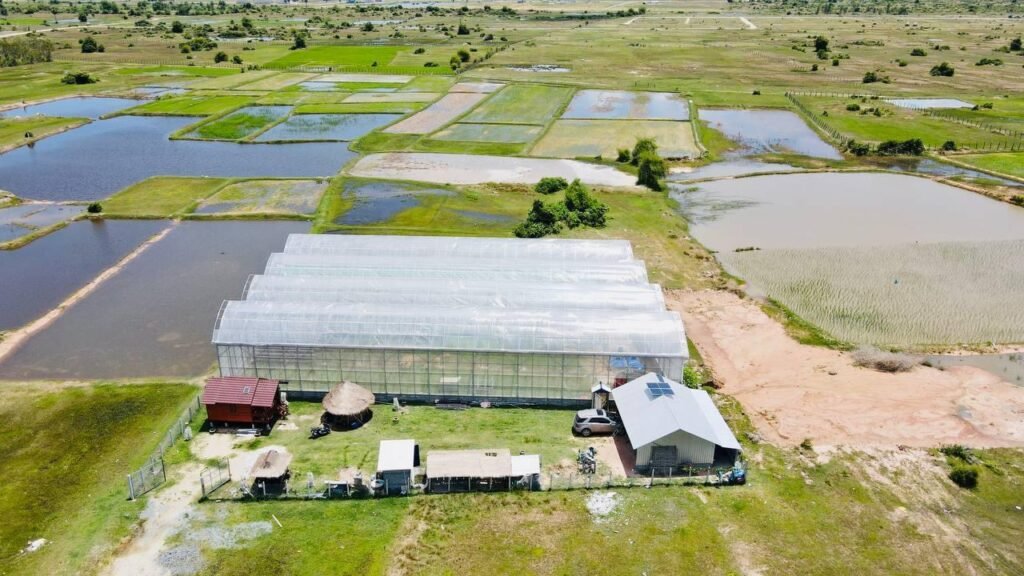
We established Bonlai and began building commercial zero energy vertical farm.
